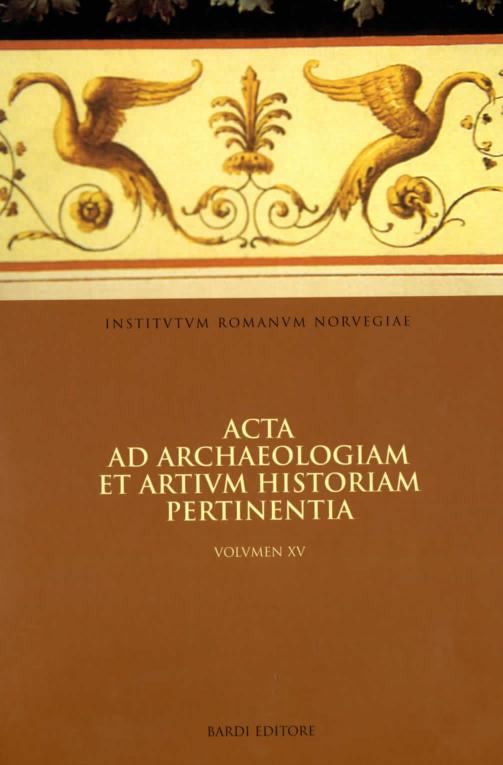Urban Space and Ritual: Constantinople in Late Antiquity
DOI:
https://doi.org/10.5617/acta.5664Abstract
With the foundation of Constantinople, Constantine the Great created a cuty highly successful in meeting the requirements of imperial self-representation. Imperial monuments raised at the city’s most important intersections rendered the ruler omnipresent, even inescapable. Late emperors followed this pattern and occupied important sites of the cityscape with commemorative monuments which glorified the ruling dynasty. Along the Mese, the main east-west axis of the city, one imperial forum followed another, thus presenting the viewer with a series of monuments lined up like so many pearls on a string. The construction of these spaces for imperial representation went hand in hand with the development of their ritual function as each emperor attempted to transform his forum, his monument, into the target-point of city-wide processions. This development resulted in a contest between emperors past and present in which older monuments and fora finally lost ceremonial prominence, surrendering it to those created by the present ruler. In addition, more and more churches were built by the emperor, members of his family, and private benefactors withing an outside the city. After the end of Justinian’s reign, the most important of these churches began to substitute the imperial fora as departure points, stations, and destinations of citywide processions. As the emperor ceased to be regarded as the guarantor of the city’s safety, Christ and the Mother of God assumed the role as the city’s divine protectors and defenders.
How to Cite
Issue
Section
License

This work is licensed under a Creative Commons Attribution-NonCommercial 4.0 International License.
Authors who publish with this journal agree to the following terms:
- Authors retain copyright and grant the journal right of first publication with the work simultaneously licensed under a Creative Commons Attribution License that allows others to share the work with an acknowledgment of the work's authorship and initial publication in this journal.
- Authors are able to enter into separate, additional contractual arrangements for the non-exclusive distribution of the journal's published version of the work (e.g., post it to an institutional repository or publish it in a book), with an acknowledgement of its initial publication in this journal.
- Authors are permitted and encouraged to post their work online (e.g., in institutional repositories or on their website) prior to and during the submission process, as it can lead to productive exchanges, as well as earlier and greater citation of published work (See The Effect of Open Access).





